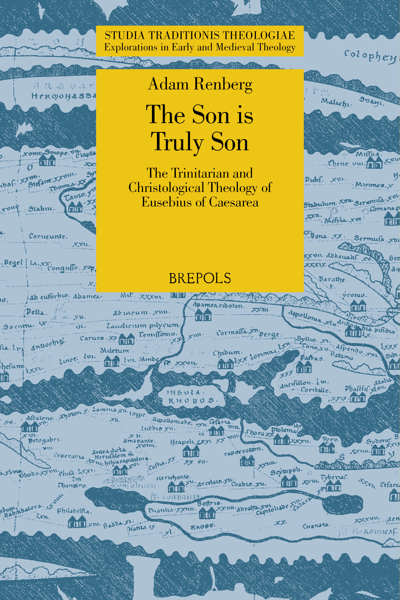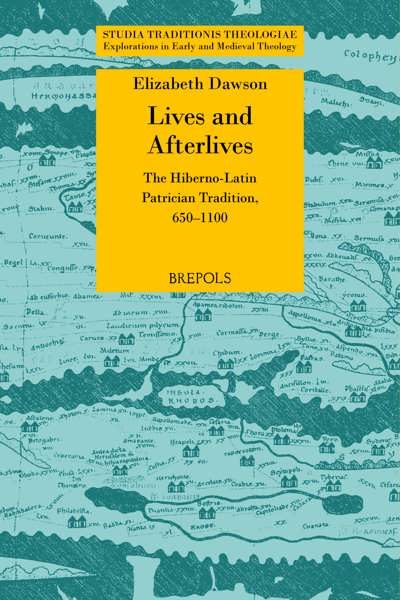
- Pages: approx. 356 p.
- Size:156 x 234 mm
- Illustrations:10 b/w
- Language(s):English
- Publication Year:2025
- € 70,00 EXCL. VAT RETAIL PRICE
- ISBN: 978-2-503-61837-1
- Paperback
- Forthcoming (Dec/25)
- € 70,00 EXCL. VAT RETAIL PRICE
- ISBN: 978-2-503-61838-8
- E-book
- Forthcoming
*How to pre-order?
This book explores the intersection of ritual and narrative within the lived reality of the Eucharist. Focusing on the Armenian rite, a tradition continuously shaped by centuries of intercultural exchange, it examines how liturgical practice reflects and transforms theological meaning.
Arman Shokhikyan holds a doctorate in Religious Studies from the University of Nottingham, where he also earned a master’s degree in Theology. Specializing in liturgical studies and historical theology, his research weaves together theological reasoning, cultural studies, and ecclesiastical history. A recipient of the Alexander von Humboldt Fellowship, Shokhikyan has published in several academic journals, including Ecclesiology, Theological Studies, and Worship. He is currently investigating the Armenian rite as a liminal space between the Greek East and Latin West during the 12th to 14th centuries.
This volume presents the first sustained study of the dynamic interplay between ritual and narrative in the Armenian Eucharistic tradition. Using the Armenian rite as a test case, it reveals how Eucharistic liturgy served as a site where theology, history, and intercultural exchange converged. By tracing its development across centuries of contact, with Greek, Latin, and regional influences, the book demonstrates how the rite was continually reshaped while preserving its distinct ecclesial identity.
Combining ritual and narrative analysis, the study introduces a new methodological lens for understanding Eucharistic liturgy within Eastern Christianity. Grounded in close analysis of Armenian sources, the book opens a broader conversation about how liturgy discloses meaning, makes history present, and narrates tradition. It offers both a focused contribution to liturgical studies and a valuable resource for scholars of Eastern Christianity and comparative Eucharistic theology. More broadly, it provides a fresh perspective on the relationship between religious tradition, ritual, and narrative.




